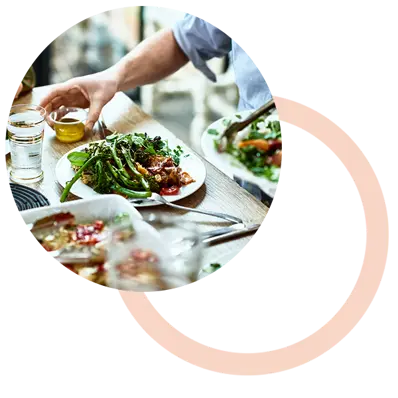Understanding High Blood Pressure
Did you know that blood pressure is the pressure generated by your heart as it pumps blood? This allows the blood to circulate around your body, down to your toes and back again. High blood pressure is when the force of the blood flowing through your blood vessels is too high. It is sometimes called ‘hypertension’. High blood pressure can cause serious health problems like heart attack, stroke and kidney disease. If you have a family history of high blood pressure – that is, a parent or sibling who have been told they have high blood pressure before the age of 60 – you are more likely to develop it. Blood pressure tends to increase with age and there are often no warning signs when it gets too high, so it’s recommended you get your blood pressure checked
regularly.

Measuring blood pressure
Blood pressure is usually measured using what’s called a sphygmomanometer or an automated
digital device – you might be familiar with the cuff placed around your upper arm that gets inflated.
That, along with a gauge, is what measures your blood pressure.
Blood pressure is recorded in millimetres of mercury (mmHg). The measurement gives you two
values – the systolic pressure and diastolic pressure. Systolic is the highest pressure during each
heart beat (this is what appears as the top number) while diastolic is the lowest pressure reading
(the bottom number).

Diet recommendations
The National Heart Foundation recommends Australians follow a diet consistent with Australian
Dietary Guidelines for the management of high blood pressure. Here’s how:
- Consume a varied diet rich in vegetables, fruits, wholegrain cereals, lean meat, poultry, fish,
eggs, nuts and seeds, legumes, beans, and low-fat dairy products. - Limit foods containing saturated and trans fats.
- Limit salt intake to less than 4g per day (approximately 1600mg sodium).
- Limit alcohol intake to no more than two standard drinks per day.
Choose low or reduced salt alternatives for tinned tomatoes, baked beans, sweetcorn, as well as tinned tuna and salmon. There are often low salt versions of condiments like tomato, soy and chilli sauces, canned foods and even packaged nuts. When your tastebuds are used to salt, low salt versions can take some getting used to but it doesn’t take long to adapt – and your health (and waistline) will thank you for it.
